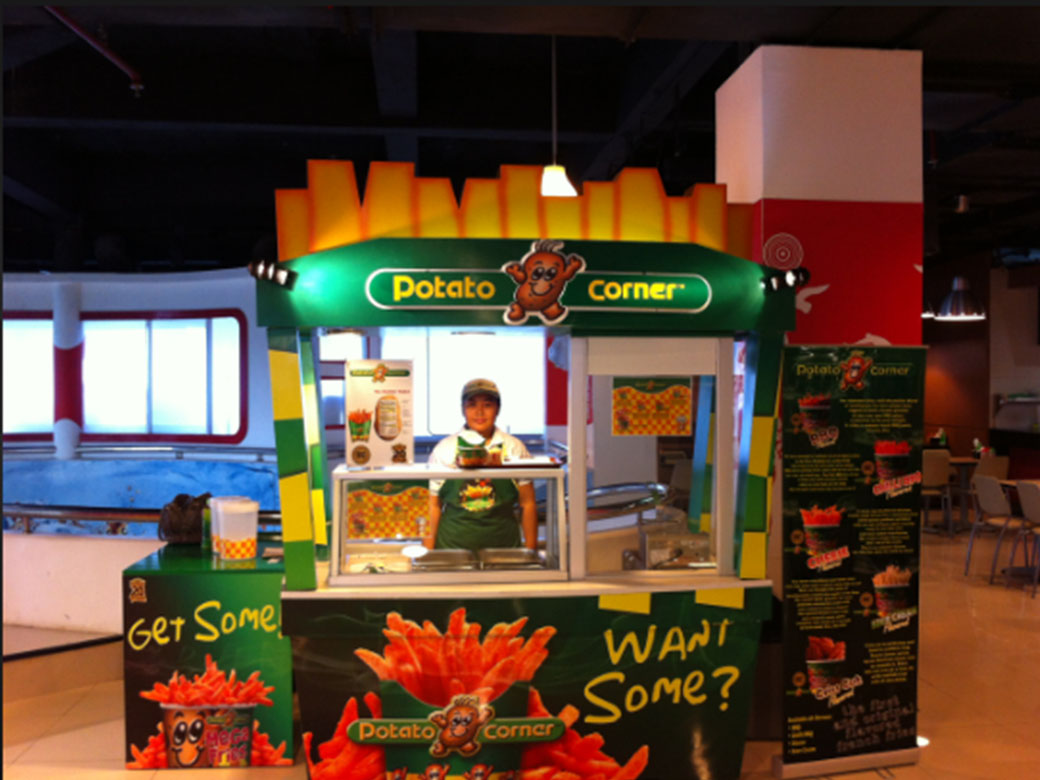

We at Dream Forever Enterprises Pvt. Ltd. are aiming to create a meaningful learning environment in order to propel the child towards an independent life. The curriculum design is such that the child gathers the necessary life skills and attains capability to pursue a Vocation of Choice.
Contact Info
(+91) 0121-2843-661
info@dreamforeverenterprises.com
New Delhi






